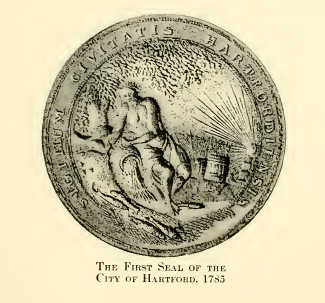For any of you still checking in, I have not abandoned this blog or project. You know, of course, that I have far more than I post here but I am reluctant to give up too much with the idea of formal publication in mind. Still, I will answer questions and provide updates now and again.
Currently I am deep into writing up the biography of Seth Overton – the contractor for the building of the USS CONNECTICUT and an interesting character in his own right. STILL no sign of his portrait coming to light, alas. I long ago promised Gail Overton Mason – direct descendant of Seth and my mother’s maid-of-honour lo those many years ago – that I would not settle for a printed up file but actually write a book about her ancestor, and I aim to fulfill the promise though Gail had passed on a few years ago. What is an interesting by-product of working on a biography of someone is the detail of minor events being drawn to your attention… The things that rarely get mentioned in the typical historical record and sometimes not even in local historical record, usually being overshadowed by larger, more impactful events. Another takeaway is how the reputation of someone generations ago can be not so much lionized with oral tellings but changed for being out of focus; imagine someone being remembered for being a GREAT fireman for he heroically put out one house fire and perhaps saved someone in the process, when in fact his job was, say, as a policeman or a forest ranger… Misrepresentation not out of malice but in under-presentation of the records and efforts to dig up clarifying data. There are several “heroes” from the RevWar I call to mind that are viewed since the “colonial revival” as being so very impactful when in fact, once you look at the records, they were marginally effective and in some cases detrimental to the cause, and a couple of them downright self-serving asses who don’t really deserve credit for much other than the happenstance that they had the money and pull to secure an important position! However, Seth is one of those people who deserve to be recalled in more of a heroic light for his contributions and for what he endured, then recovered to rise to greater heights.
So, the book is coming along and I’ll need an editor soon. Once the book is out, may Seth rise to the level of being recalled in local history books above only being mentioned in local footnotes!


